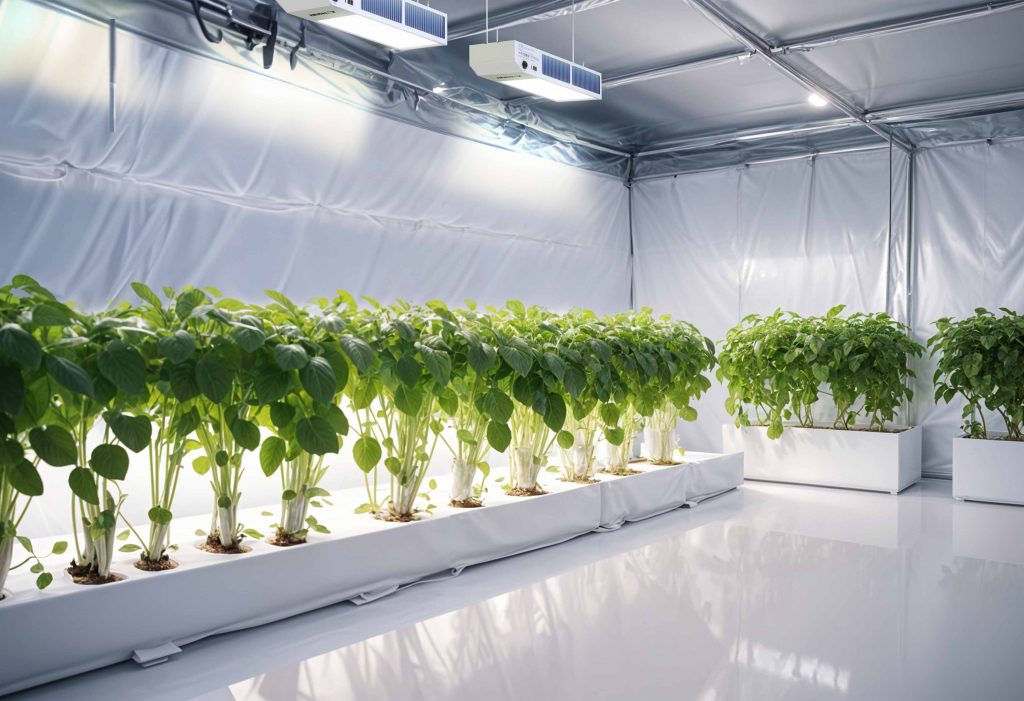
Introduction
Creating an indoor grow setup in your home might seem daunting, but it’s simpler than you think. With the right materials and a bit of planning, you can establish a thriving indoor garden that suits your space and budget. Whether you’re a hobbyist or a seasoned grower, this guide will walk you through the essential components and steps to build an effective indoor grow system.
Key Components of an Indoor Grow System
Setting up an indoor grow system involves a few critical components that ensure your plants thrive. Here are the essential parts you need to focus on:
1. Grow Tent
A grow tent is the cornerstone of your indoor garden. It provides a controlled environment that protects your plants from external elements and allows you to manage lighting, temperature, and humidity. Grow tents are available in various sizes and can fit into small corners or larger rooms. They typically come equipped with fans, lights, and carbon filters, making them ideal for year-round cultivation.
2. LED Grow Lights
LED grow lights are indispensable for indoor gardening. While natural sunlight is ideal, most homes lack sufficient light for photosynthesis. LED lights offer a customizable spectrum that mimics natural sunlight, promoting healthy plant growth. They are energy-efficient, produce minimal heat, and have a long lifespan, making them a cost-effective choice.
3. Air Filtration System
Controlling your grow environment is crucial for successful indoor cultivation. An effective air filtration system includes:
- Air Intake: Passive and active intake systems help regulate airflow. Passive systems rely on the exhaust fan to create a vacuum, while active systems use additional fans to pull fresh air into the tent.
- Extractor: An extractor fan helps manage humidity, heat, and odors within your grow space.
- Filter: Activated carbon filters are essential for controlling emissions and reducing odors, ensuring a fresh and comfortable environment.
4. Light Automation
Automating your lighting system ensures consistent and optimal light conditions for your plants. Use timers, controllers, and light meters to manage your grow lights efficiently. This reduces manual labor and ensures your plants receive the right amount of light at the right time.
5. Climate Control
Maintaining the right climate is vital for plant health. Key elements include:
- Heating: Keep your grow room temperature between 18 and 25°C (65 and 77°F) to maximize growth. Use a grow room heater to maintain warmth during colder months.
- Cooling: Implement cooling methods such as venting, air-cooled hoods, water-cooled lights, or air conditioners to manage heat.
- Humidity Control: Monitor and control humidity levels to prevent mold and promote healthy plant growth. Use dehumidifiers and handheld sensors to maintain optimal moisture levels.
6. Watering System
Efficient watering is essential for plant health. Consider using drip irrigation systems for precise and consistent watering. These systems deliver water directly to the plant roots, reducing waste and promoting growth.
7. Soil
Choose the right soil for your indoor grow setup. Key factors include:
- Texture: Light, loose soil promotes root growth and ensures proper oxygen flow.
- Drainage: Ensure your soil drains excess water efficiently to prevent waterlogging and root rot.
- Water Retention: The ideal soil should retain moisture while draining well.
- pH Value: Monitor the pH level of your soil to ensure it meets the specific needs of your plants.
- Nutrients: Use nutrient-rich soil to support plant growth. Consider adding supplements as your plants grow.
Complete Indoor Grow Setups for Different Spaces
Small Space Grow Setup
For growers with limited space, a grow box or tent is an excellent choice. These setups are compact and can fit into small corners. Equip your grow box with LED lights and an intake fan for basic air circulation. A thermometer and hygrometer will help you monitor the climate inside your tent.
Large Space Grow Setup
If you have more space, consider a larger grow box with advanced features. These setups can support year-round cultivation and require proper air filtration, climate control, and lighting. Use LED strips for efficient light automation and ensure your setup includes climate metering devices.
Conclusion
Setting up an indoor grow system is easier than you might think. With the right components and a bit of planning, you can create a thriving indoor garden that suits your space and budget. Focus on creating a controlled environment with proper lighting, air filtration, and climate control to ensure your plants grow healthy and strong. Whether you’re a beginner or an experienced grower, Nanolux has the solutions to help you achieve your indoor growing goals.